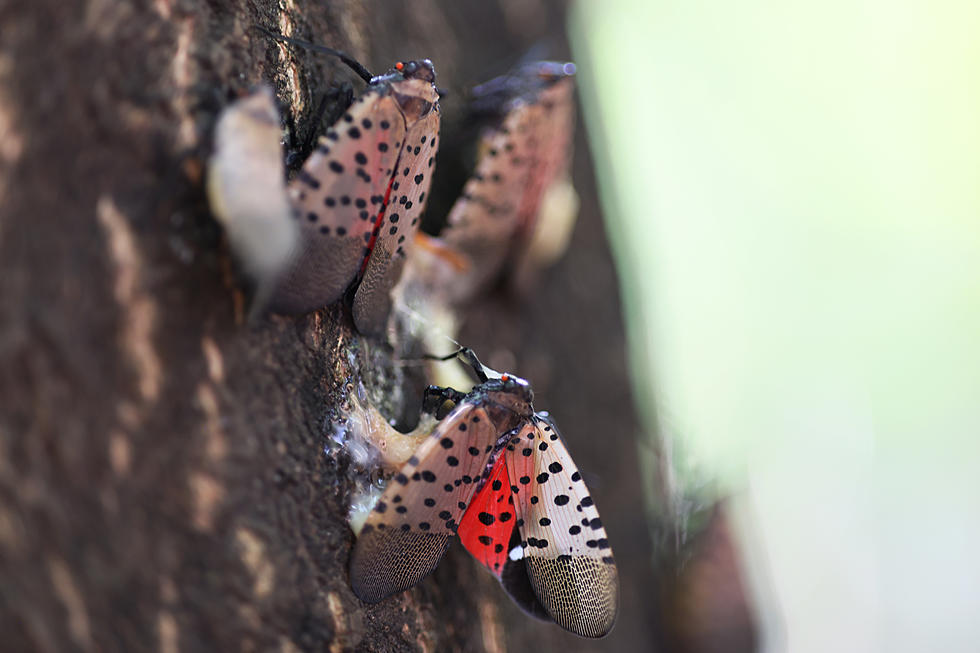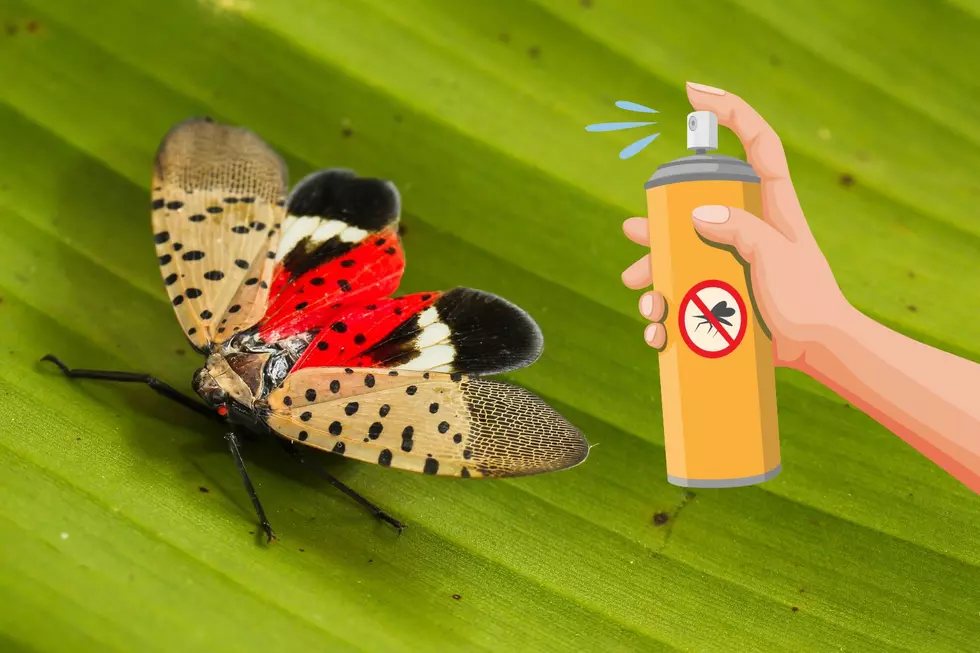
The time to be killing NJ spotted lanternfly eggs is right now
It’s the pretty part of spring when there’s still a slight chill at times and it hasn’t gotten too warm. This is also known as the spotted lanternfly is about to hit the fan period.
The invasive species, which destroys all kinds of agriculture including crops and trees and is particularly drawn to trees of heaven and maple trees, first showed up in the United States in 2014 in Pennsylvania. Not many took them seriously that first year or two despite the warnings.
Now they’re covering most of the mid-Atlantic states. Last year many were even convinced they had already evolved into better hoppers and flyers, thus better at avoiding being crushed to death by a shoe or shot down by a salt gun.
Those salt guns can be fun. Here’s one in action in slow-mo.
But you can kill them right now before the eggs even hatch and you’d be doing all of New Jersey a huge favor. Again, these things are an invasive species that destroys agriculture and hurts the economy and the state of New Jersey wants everyone to do their part and wipe out as many as possible.
Once the warm weather hits they will hatch, then it’s game on. It’s much easier to check your property right now and if there are egg masses, destroy them.
Here’s a primer on how to tell if you have spotted lanternfly eggs. Certainly scope out tree surfaces for a mass of what looks like unevenly-spread mortar, but these can be on many other surface as well including grills, cars, outdoor furniture, etcetera.
An egg mass is usually roughly an inch long and maybe 3/4 of an inch wide and resembles a gray blob of mud or cement. Just one of these can contain dozens of eggs.
They say you can use a paint scraper or a spatula or even a credit card to pry these egg masses off the surface then just throw it into an airtight Ziplock bag with rubbing alcohol or liquid hand sanitizer inside, seal it, and put it in the garbage. You can also crush these masses but experts are finding the rubbing alcohol bag technique to be most effective.
Killing the eggs before they hatch can save you from using a spray in vain like this nightmare at the entrance of a Jersey City apartment building.
Don't wait for these little bastards to bring the war to us. Bring it to them first.
LOOK: The most expensive weather and climate disasters in recent decades
LOOK: The most extreme temperatures in the history of every state
8 sharks you may find off New Jersey's coast
More From Lite 96.9 WFPG









